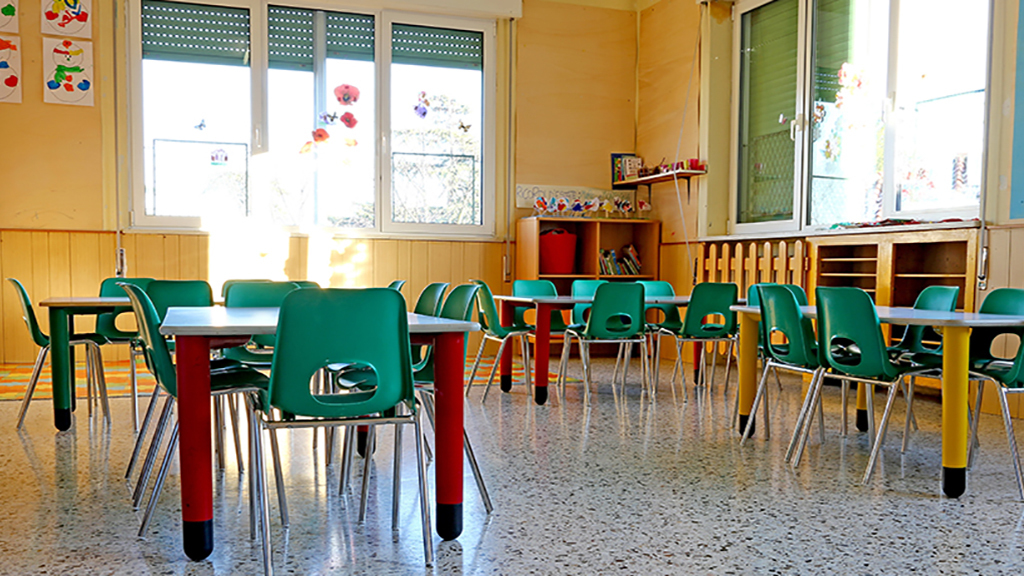
FAQs for K-12 Schools
Is there federal funding available to help support K-12 schools as they work to stay open during the pandemic?
Yes.
- Coronavirus Response and Relief Supplemental Act (CRRSA) was signed on Dec 27, 2020, and it created a fund called Elementary and Secondary School Emergency Relief (ESSER 2).
- American Rescue Plan ACT (ARPA) was signed on March 11, 2021, and it created a fund called Elementary and Secondary School Emergency Relief (ESSER 3)
How can a school find out how much federal funding is available for their school system?
The state's education association allocates the money for each school system in their respective state.
Can the ESSER 2 or 3 funds be used to improve the indoor air quality (IAQ) inside of school buildings?
Yes.
The ESSER 2 and 3 funds can be used for a multitude of items to assist schools in reopening and staying open during the pandemic, including products and equipment that improve indoor air quality.
Why is understanding indoor air quality (IAQ) important in a school setting?
Poor IAQ can affect a student’s performance. More importantly, pollutants can affect the health of teachers and students. According to the EPA, 1 in 13 students have asthma. Asthma can be magnified by poor IAQ caused by “sick” buildings. Compounding that, airborne viruses like influenza and Coronaviruses (like COVID-19) can spread in classroom settings due to students and teachers having long periods of time within a space.
What are the common causes of poor indoor air quality (IAQ)?
- Not enough ventilation, lack of fresh outdoor air, and in some parts the world, contaminated outdoor air.
- Poor upkeep of ventilation, heating, and air systems.
- Dampness and moisture due to leaks and high humidity in buildings can also lead to dangerous mold spore, causing health hazards.
- Contaminated air from occupants exhaling CO2 and airborne viruses.
Are there industry guidelines for improving indoor air quality?
The American Society of Heating Refrigeration Air Conditioning Engineers (ASHRAE) recommends the following:
- Ventilation – bring in more fresh air from the outside of a building. A general guide for a classroom is six fresh air exchanges per hour.
- Filtration – can the circulating air be filtered through the air conditioning system?
- Air Cleaning – use technology like germicidal UVC light fixtures to remove contaminants and pathogens.
Why are upper air germicidal UVC (GUVC) light fixtures a good option for air cleaning in a classroom?
As part of a layered approach to improving indoor air quality, in an occupied room, UVC has an 80-year history of safely neutralizing airborne pathogens. A properly sized upper air light fixture will clean the air that is the equivalent of six or more air exchanges per hour.
According to the CDC, upper air UVGI is a highly recommended technology, along with ventilation and filtration, to use in effectively reducing exposure risks of viruses in indoor settings. View PDF.
Also, View the Johns Hopkins Center for Health Security Infographic: Improve Indoor Ventilation in K-12 Schools to Help Reduce COVID-19 Transmission.
Please contact us if we can answer questions or provide additional information (901) 800-1709.
September 7, 2021
